Fragment of a stone stele representing the Buddha Sākyamuni
Eastern India, Bihār – Bengal
Pāla-Sena Dynasty / 10th – 12th century
The Buddha is represented seated, legs crossed in the lotus position (vajraparyanka) on a base with a double row of inverted lotus petals. The right hand is placed on the knee in the bumisparsha mudra position (taking the Earth as witness) with the fingers pointing towards the ground and the left hand placed in his lap, palm turned towards the sky. The awakened one is dressed in the samgathi and the uttarasangha pressed against the body and leaving the chest and right shoulder uncovered, a piece of the fabric placed on the left shoulder undulating on the torso, the latter finely worked revealing thin hems. The Awakened One has a massive body with broad shoulders and powerful limbs, a chest swollen with the breath of meditation as well as a protruding navel overhanging a slightly prominent lower abdomen. The face is characterized by curvilinear eyebrow arches meeting at the base of a thin and flattened nose, lenticular eyes as well as a small mouth with thin lips sketching a slight smile in an attitude of deep interiority. The neck is adorned with the three traditional folds of beauty, the hairstyle treated in small spikes, the latter surmounted by the usnisa, the ears with long distended lobes symbolizing the royal origin of the Buddha. The Blessed One is adorned with a large flaming nimbus around which is engraved an inscription in Siddhamātrikā, perhaps a dedication from a donor or an evocation of the Buddha.
Two bodhisattvas represented standing (samabhanga) take their places on each side of the Awakened One, left arm pressed against the body, right arm in abbaya mudra position (absence of fear), both adorned with a halo. The upper register is composed of two stupas that can be interpreted as an allegory of nirvāna, the top of the stele representing the Buddha in Mahāparinirvāṇa position (Total Extinction), the Awakened One dressed in monastic garb is lying on his right side, his head resting in the hollow of his right hand, the latter resting on a cushion.
The lower register of quadrangular shape is decorated with two lions on each side (the lion being traditionally associated with the Sākya clan and the Buddha himself), the body presented in profile, the tail curled forming a volute, the head facing forward, roaring mouth and abundant mane. The center of the scene evokes a fabric.
Pāla-Sena art spans a period of four centuries (approximately from 800 to 1200 CE) and is the heir to the Gupta and post-Gupta schools of the Ganges Valley, and more precisely to that of Sārnāth. Of the great art of the Guptas and post-Guptas who had created an admirable aesthetic and narrative repertoire, Pāla art devoted itself only to its iconography: bronze or stone images and exceptionally bas-reliefs. The first productions reveal a certain elegance and balance as well as a pronounced taste for the representation of ornaments. During the 10th century, the iconography diversified, the silhouette of the characters gradually lengthened and became more refined, the jewelry was less important, the facial features were thicker and more accentuated.
Hard stone
Wear and tear, visible accidents and missing parts
25.6 x 18 cm without stand
European private collection
Contact us: culturesetcivilisations@orange.fr












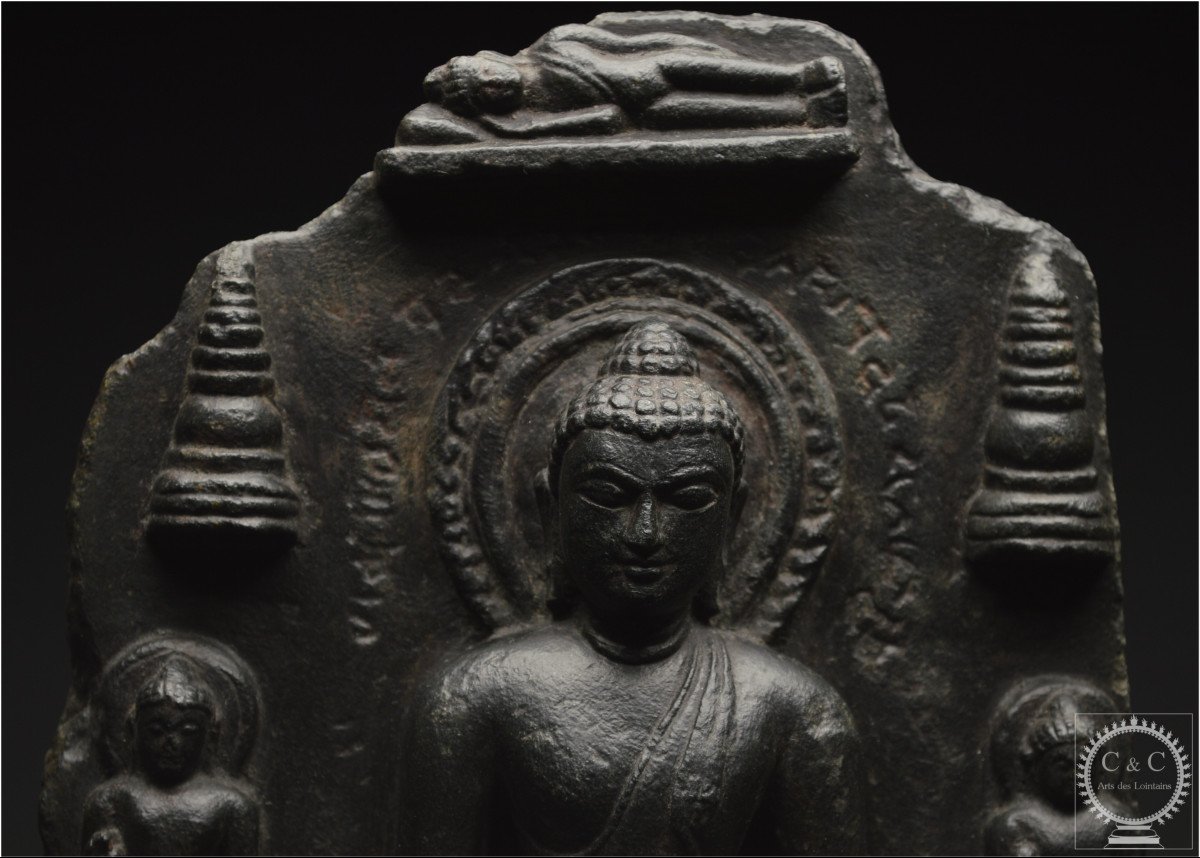














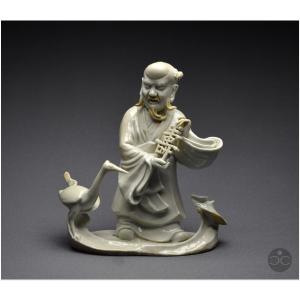
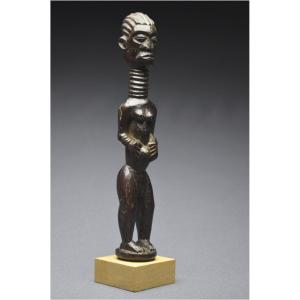
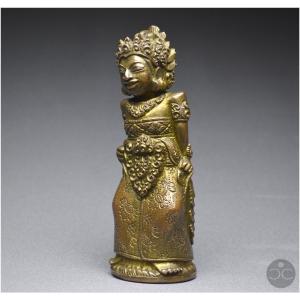


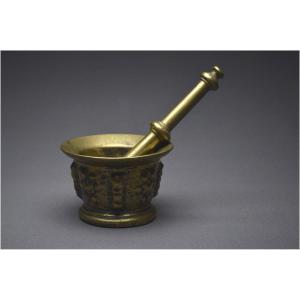

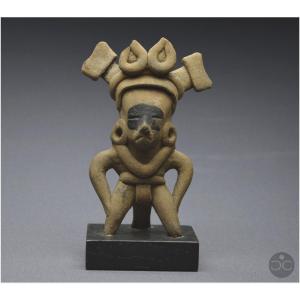


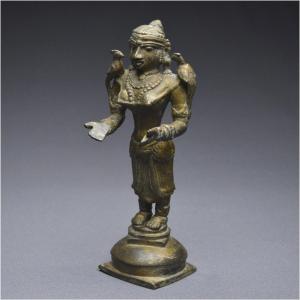

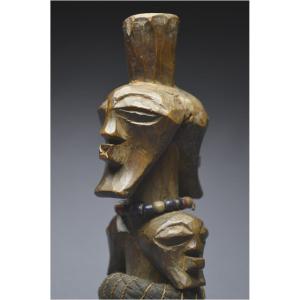
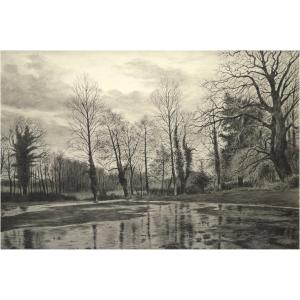



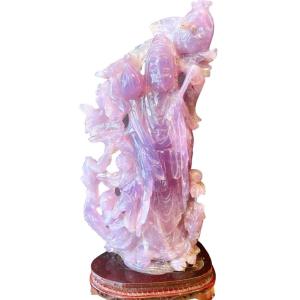
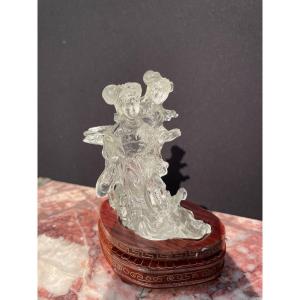



 Le Magazine de PROANTIC
Le Magazine de PROANTIC TRÉSORS Magazine
TRÉSORS Magazine Rivista Artiquariato
Rivista Artiquariato